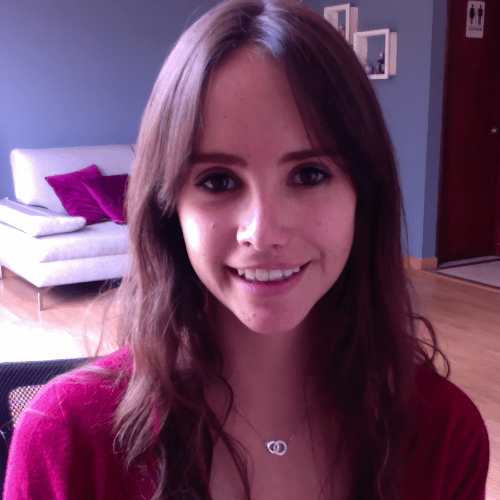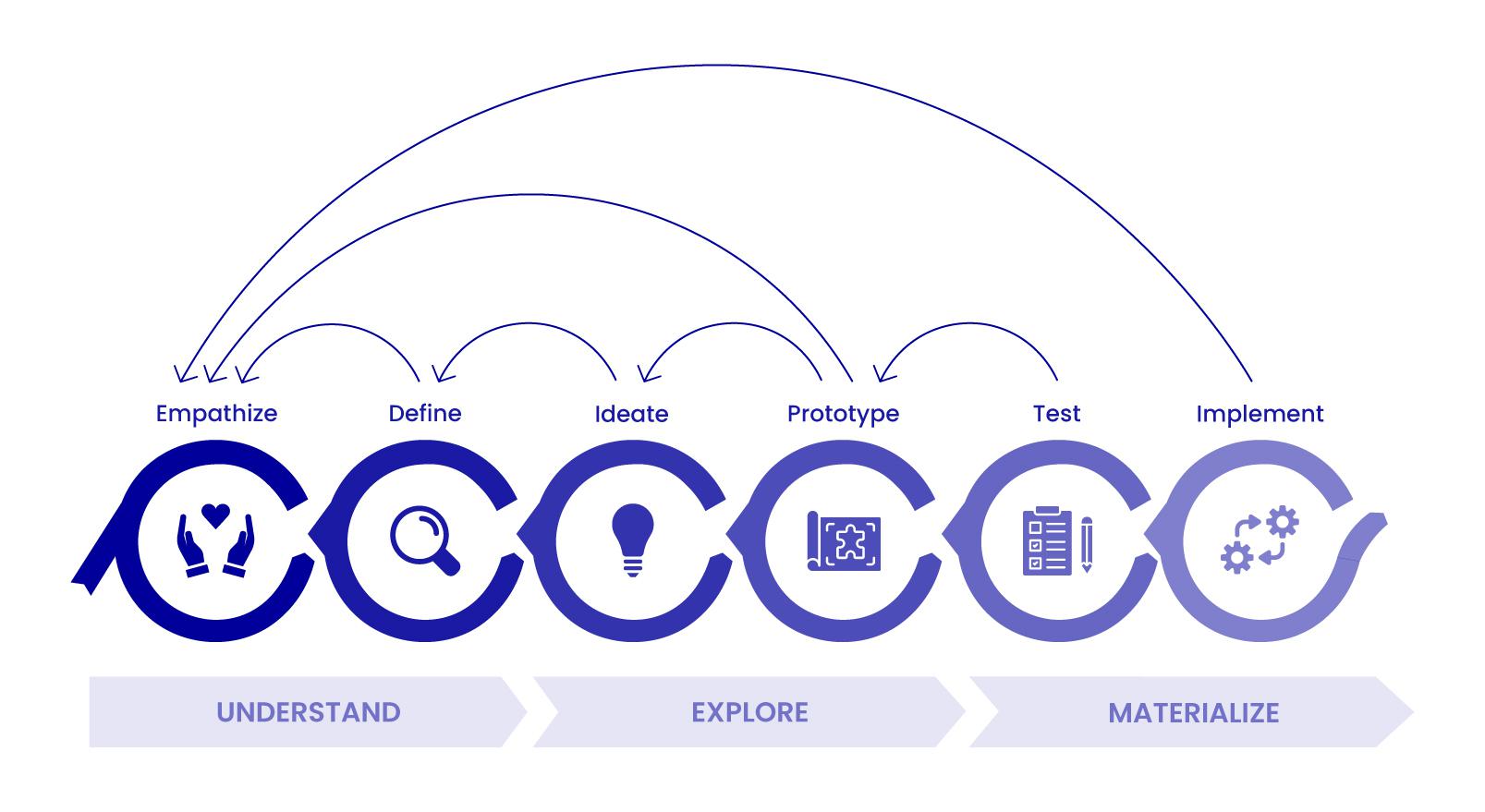Blog
Let's rescue the value of Design Thinking
 Tatiana Barco
Tatiana Barco
Tatiana Barco
Strategy ConsultantWhy does everyone think Design thinking is an obsolete methodology? It has indeed evolved and developed a lot of tools that bring more down-to-earth results, but we consultants, strategists, and business developers know that the key to success is having a good understanding of the market and users that we are creating products and services.
Design Thinking methodology was exposed for the first time in 2008 by Tim Brown when he wrote in a paper the conceptualization of five steps and some tools to do those steps. In 2009, all big industries and universities wanted to learn more about this methodology and in 2011, everyone talked about Design thinking, its benefits, and assertive results. It became a popular topic between entrepreneurs, CEO´s and investigation leaders, new tools were developed and new strategies, business models, and new methods came out from this boom.
Apple, Airbnb, BVBA, ZARA are some of the businesses that have used this methodology to launch new products and services. But its growth was so fast and successful that actually everyone says they apply this methodology in their companies. It is so accessible and used by people that don't know correct usage, that not all results are the correct ones and its value has been diminished.
We, Design Thinking believers, know the importance of the process and core activities that bring user-centered results, so we shouldn't say Design Thinking methodology is lame or from the past era. It has become the DNA of many of the methods, tools, and processes to investigate, comprehend and analyze users' needs.

It opened our minds and gave importance to the concept of iteration, making all the ideation and prototype processes convert from linear to circular. Also, Design Thinking promises a final result more accurate, precise, and complete to the user's needs, guaranteeing a little more the success of the product and service.
I say it has become because it has evolved. The acceleration and velocity of getting new products and services on the market have made some changes in time and activities did traditionally, but the essence remains.
Lean models, agile methodologies, open innovation, even our framework AX3 to the user and its needs at the center of every action, idea, process, and solution. The differences are in the time given in investigation, the way they do ideation and prototyping, and the number of iterations before launching the final product.
Here in Axiacore, we have created our digital strategy methodology based on Design Thinking. We rescued some key activities, processes, and tools. With this, we implemented our own, giving successful results that are seen clearly in our clients' digital business.
Written by Tatiana Barco
 Tatiana Barco
Tatiana Barco
Tatiana helps businesses develop and implement strategic plans to drive growth and efficiency. Her insights and analytical skills guide clients in navigating complex challenges and seizing opportunities.
Scale your company with the same people
Practical ideas to do more and get back your time every week
We respect your inbox. Privacy policy

